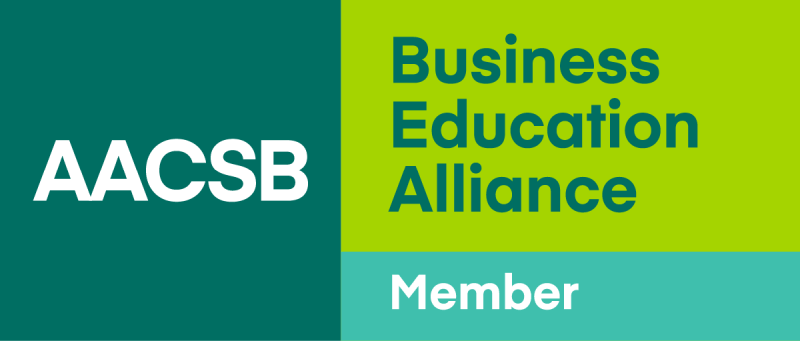Tim Hortons Goes Global – Heterogenous Market Entry Strategies in Asia
Established in Canada, Tim Hortons embarked on a global expansion journey, notably targeting diverse markets in Asia. How does Tim Hortons navigate the complexities of heterogeneous Asian markets and tailor its strategies for success in this region?
At a glance
Country
Canada
Founded
1964
Market Focus
Asia
Locations in Asia
1,123
as of December 2023
Abstract
Tim Hortons, a Canadian coffee and fast-food chain, expanded its global footprint in the diverse Asian market. Tim Hortons' strategies for entering these heterogeneous markets, include leveraging master franchise agreements with local partners in countries like China, India, and the Philippines.
The case study analyzes how Tim Hortons adapts its menu and branding to suit local tastes and cultural preferences while maintaining its Canadian identity. It highlights the key challenges including navigating intense competition from established players like Starbucks and Luckin Coffee, adapting to diverse consumer preferences across different Asian markets, and addressing potential cultural and political sensitivities. The case study further highlights the importance of understanding local market dynamics, building strong partnerships, and effectively adapting to cultural nuances for successful international expansion.
All rights reserved. © 2025 Nikkei Business Lab Asia. No part of this publication may be copied, stored, or transmitted in any form. Copying or posting is an infringement of copyright.
Disclaimers:
(1) Regarding Case Study Content: This case study is based mainly on secondary data and analysis of publicly available information unless otherwise stated, and is intended solely for educational purposes. Any opinions expressed by the author(s) are designed to facilitate learning discussion and do not serve to illustrate the effectiveness of the company. Additionally, banner images and logos used in the case study are intended for visualization in an educational setting and it is not used to represent or brand the company. For any dispute regarding the content and usage of images and logos, please contact the team.
(2) Regarding University Affiliation and Titles of Authors: The university affiliation and titles of author(s) seen in the case study is based on their affiliation and title during the time of publication. It may or may not represent the current status of said author(s).
